The morning was dragging along. Barely a bird had been seen or heard all morning. I tried to maximize the reality that hunting isn’t just about killing game. It is also about enjoying the experience of being in nature, but boredom does occasionally settle on the mornings. This morning was no exception.
I was sitting in a ladder stand near a creek, just kind of daydreaming as we all do during the slow times. It was almost 11:00 A.M. when I spotted movement through the muscadine vines that were wrapped around the gum tree 25 yards in front of me. The sudden movement morphed into a mature buck walking directly toward me, and he was closing the distance fast.
Startled into action, I brought up my Ruger Blackhawk chambered in .44 Rem Mag and cocked the single-action revolver in one fluid motion. Resting the seven-inch barrel on the rail of the ladder stand, I waited for the buck to stop, turn, or do something. At 33 yards, he stopped and was looking around. Resting the crosshairs of my 2x scope on the center of his chest, I concentrated on gently applying pressure to the trigger until the report broke the morning silence.
The buck whirled around and ran fast, back from where he came. There was no time for a second shot, and then I realized a second shot wasn’t needed as I watched him crash 60 yards away.

The addiction to hunting with a handgun was solidified. The challenge I was looking for was there! The thrill of the hunt and the test of skill as a woodsman and marksman combined to make the hunt exciting and rewarding.
For clarity, there are three categories in the world of handguns: pistols (mostly semi-autos), revolvers, and handguns (includes single-shot and bolt-action handguns). Nevertheless, all types are considered handguns, but the proper term is a pistol when speaking about a semi-auto. When referencing a revolver, the proper term is, well, revolver, and all else falls under handgun. But all of them are handguns. Are you confused yet? To keep it simple, this story is about revolvers.
With more and more states allowing the use of handguns for hunting, it adds excitement to your experience. But you will need to check your state’s rules and regulations to make sure hunting with a revolver, or handgun, is legal.
The first time I stood at the range with a big bore revolver in my hand, I wasn’t sure what to expect. Holding on tight, I squeezed the trigger and felt the recoil ripple through my body. It was love at first blast.
Most hunting revolvers will have barrels that are anywhere around 7-, 8 3/8-, or 9-inches. A few have some longer barrels, but for the most part, you are in the 7-9 inch range. They range from 5 shot to 6 shot cylinders depending on the caliber. A few have the seven-shot capacity, but they are rare.
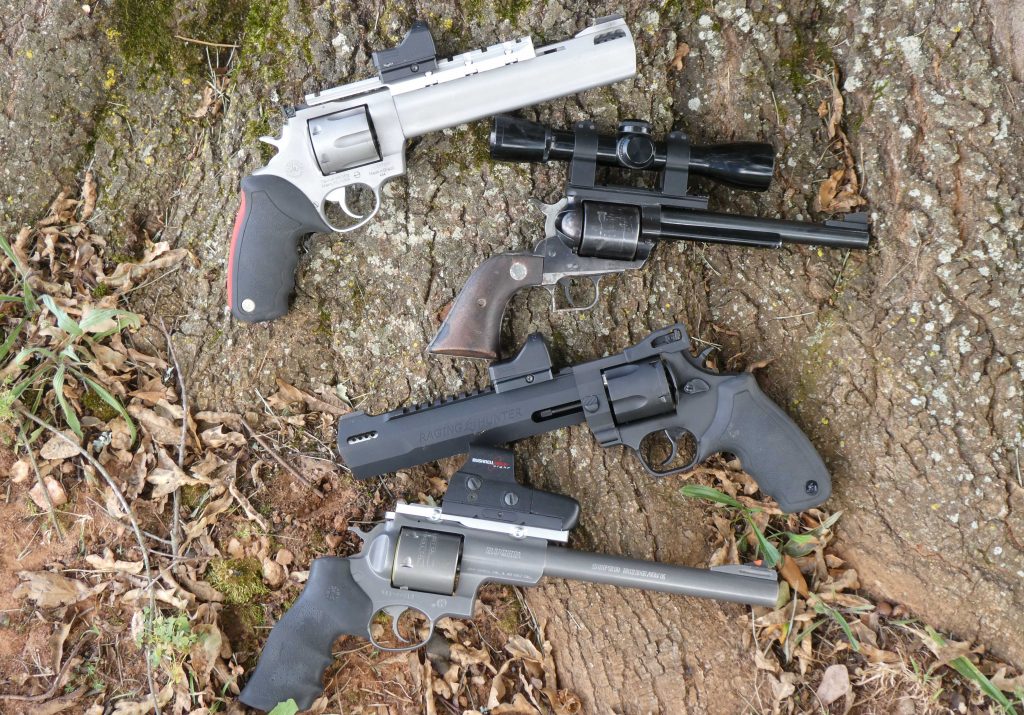
In the world of hunting revolvers, there are a variety of calibers to choose from. The most common continue to be, from smallest to largest, the .357 S&W Magnum, .41 Rem. Magnum, .44 Rem. Magnum and the .454 Casull.
The .357 S&W Magnum lost much popularity when law enforcement moved to different calibers and styles of protection. It is still popular for revolver shooters and is capable of taking whitetails and other similar-sized game across the country. The 158 gr. JHP pushes 1,240 ft/sec with 539 ft/ lbs. of energy at the muzzle. If you choose this caliber for hunting whitetails, keep your shots inside 40 yards.
The .41 Rem Mag gained a lot of popularity when first introduced in 1964 by Elmer Keith and Bill Jordan. It retained much popularity for decades but seems to have fallen to the same fate as the 16-gauge shotgun. It does everything well, but the 12 gauge does it a bit better (more on that in a different story). The .41 Rem Magnum does everything well, but the .44 Rem Mag, does it just a tad better. There are several bullets suitable for hunting whitetails in the .41 Rem. Magnum. The 210 gr. is perhaps the best suited for whitetails. Sporting 1,560 ft/sec. and 1,135 ft/lbs. of energy at the muzzle makes it an excellent cartridge for hunting.
The most popular hunting revolver remains the .44 Rem. Mag. The popularity is based on many factors. First and foremost, it is a lethal cartridge on all game in North America. A variety of bullet weights and the availability of bullets (under normal circumstances) support the popularity. Most hunters tend to prefer the 240 gr. for their .44 Rem Mag revolver. With speeds of 1,475 ft/sec. and 1160 ft/lbs. of energy, it is an excellent choice for whitetails. With the option for stretching your range out to 100 yards or more, the .44 Rem. Magnum has been touted as arguably the best revolver cartridge for whitetails.
Next on the list is one that has been around for some time. When Dick Casull, Duane Marsh, and Jack Fullmer designed and developed the .454 Casull in 1957, made available commercially by Freedom Arms in 1983, it was seen as excessive and, frankly, painful. Yet, it remained on my radar for decades, but only recently was I able to have the chance to hunt with one. The new Taurus Raging Hunter in .454 Casull is a pure pleasure to shoot. With the integrated muzzle brake and padded grips, this behemoth of a hand cannon is not only manageable but enjoyable. With bullets from 240 gr. to 400 gr., there is a bullet for you. Most prefer the 300 gr. JHP for whitetails, with 1650 ft/sec. and a whopping 1,813 ft/lbs. of energy. The .454 Casull is indeed a hand cannon.
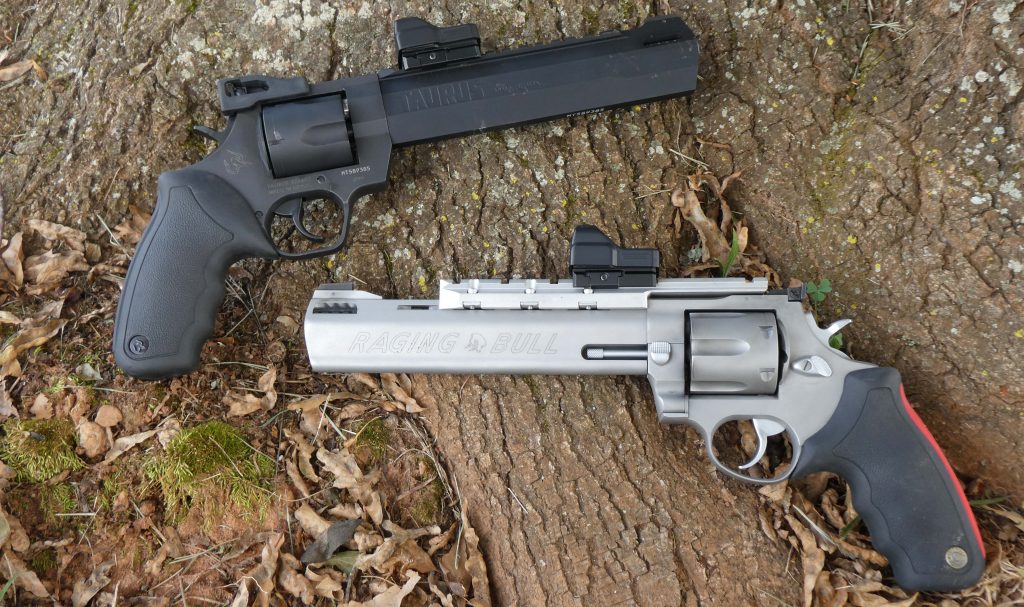
When you take a big revolver to the range for the first time, it can be a bit intimidating. Shooting instructors recommend that you fire a few rounds to get used to the gun’s recoil and feel before you worry about accuracy. Once you are comfortable with the fit, feel and recoil, it’s time to get serious about form and accuracy.
As someone who wears corrective lenses to see, I learned years ago that open sights on guns were not something I could use ethically. This is true for handguns also. Thankfully, most major optics makers produce optics for handguns. It is strongly encouraged that you do not hunt without some sort of optics on your revolver. If using a scope, anything over 2x is difficult to adjust to when afield. Thankfully, some manufacturers have now introduced some variable scopes for these big revolvers. A variable from 1x-6x is sufficient. Personally, I find it difficult to shoot when over-magnified. The 2x seems just right for most situations. However, as I have matured as a handgun hunter, I now prefer red-dot optics for my revolvers. TruGlo Micro red-dot is atop most of my handguns. The small frame and different color options make it an excellent choice.
Hunting deer with a handgun has brought as much excitement to hunting as bow hunting did 40 years ago. Taking a mature buck with a revolver is something that will put excitement and challenge back into the hunt itself. If you have ever wanted a greater challenge in your hunting, consider a wheelgun for whitetails.

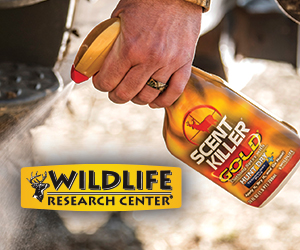
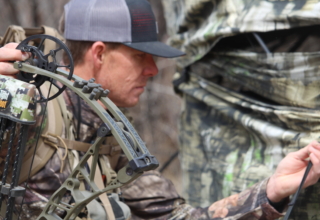
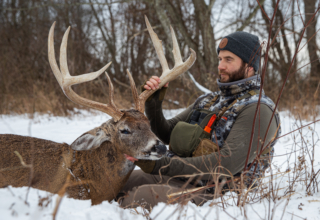
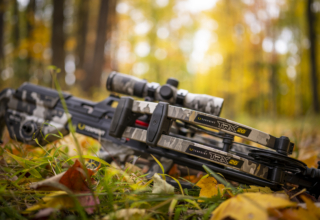
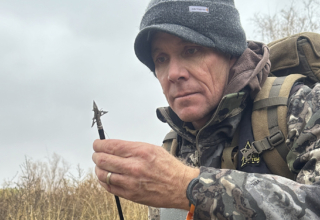
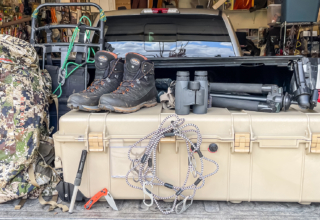
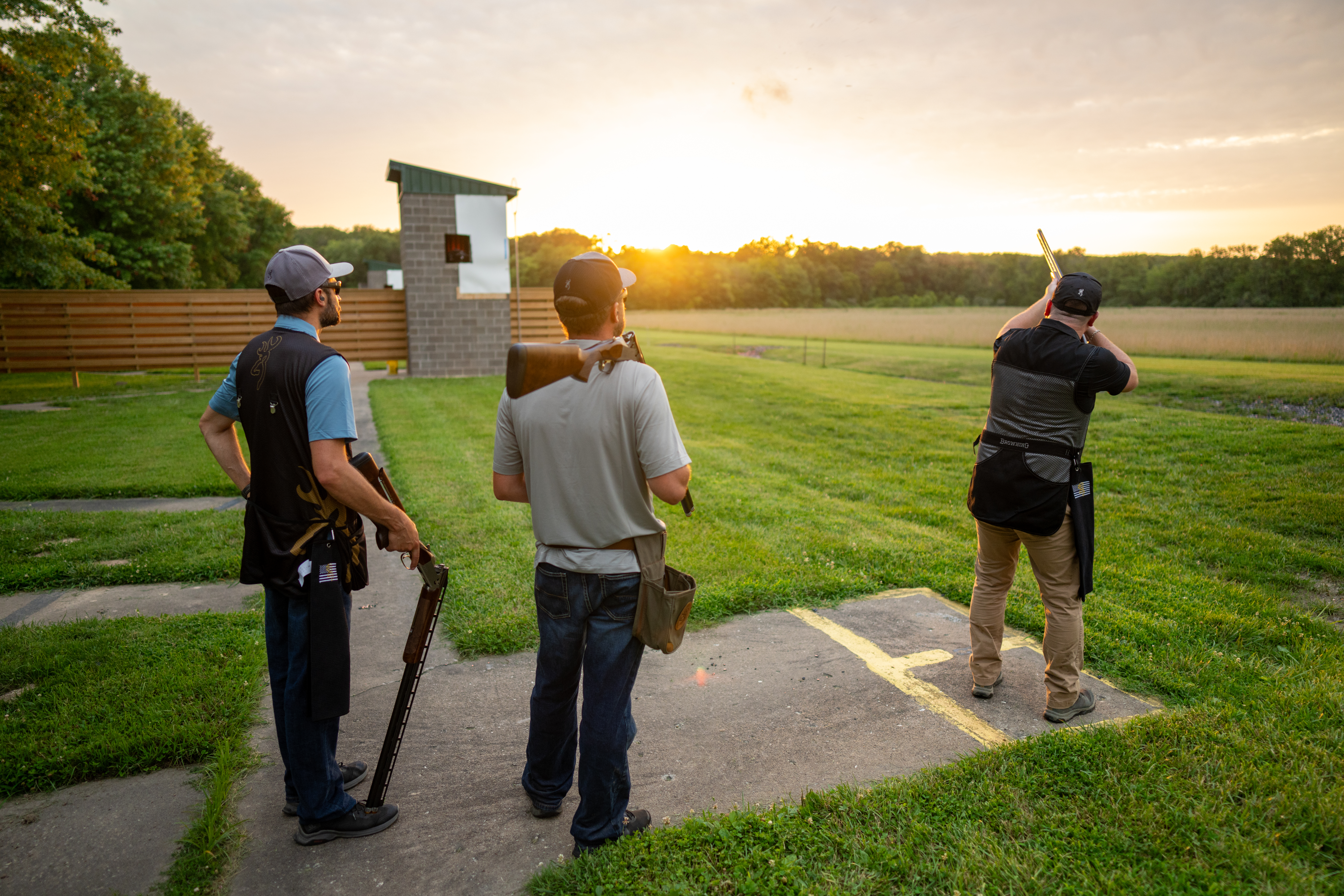
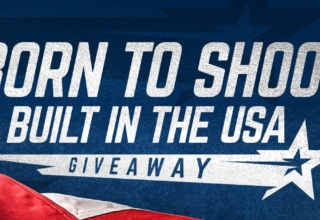
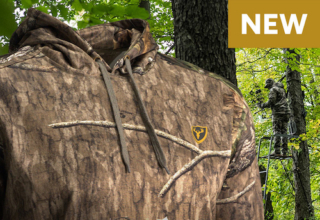
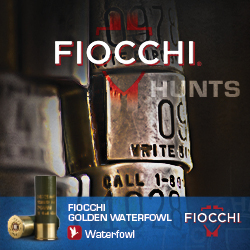

criac~ao de conta na binance
July 29, 2024 at 7:38 pm
Your article helped me a lot, is there any more related content? Thanks!
binance us register
August 28, 2024 at 9:09 am
Your article helped me a lot, is there any more related content? Thanks! https://accounts.binance.com/bg/register?ref=V2H9AFPY